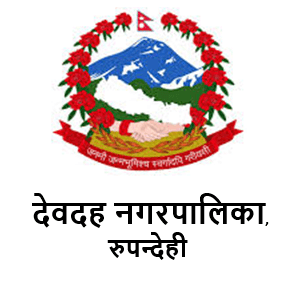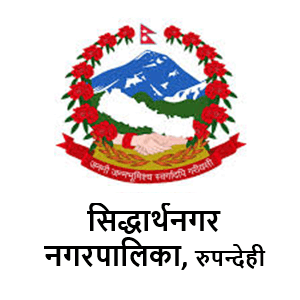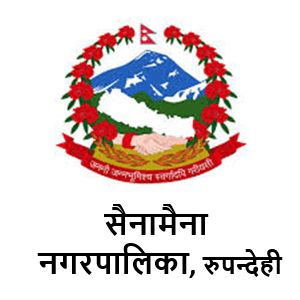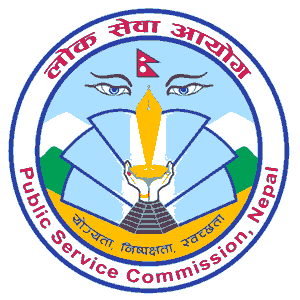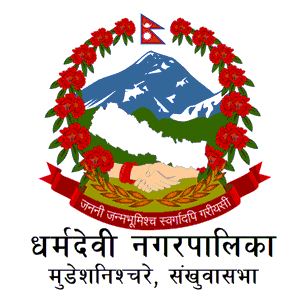Overview
Lumbini Sanskritik Municipality (Lumbini Sanskritik Nagarpalika) is located in Rupandehi district within the Lumbini Province of Nepal. Geographically, it is situated between 83°13’ to 83°20’ east longitude and 27°23’40” to 27°32’30” north latitude. This municipality is a significant cultural and tourist hub, primarily due to its association with Lumbini, the birthplace of Siddhartha Gautama Buddha. The municipality derives its name from this historic region, making it a vital part of Nepal's cultural heritage.
It is also know as Lumbini Cultural municipality. The municipality covers an area of approximately 112.21 square kilometers. It is bordered to the north by Gaidhawa Rural Municipality, to the west by Kapilvastu District, to the south by Sammarimai Rural Municipality and India, and to the east by Kotahimai and Mayadevi Rural Municipalities. Lumbini Sanskritik Municipality was officially declared a municipality on 15th Baisakh 2071 B.S. (April 28, 2014). Initially, it encompassed the former VDCs of Bhagwanpur, Lumbini Adarsha, Tenhuwa, Ekala, Khudabagar, Madhuwani, and Masina, consisting of 18 wards. On 21st Poush 2072 B.S. (January 5, 2016), the former Ama VDC was incorporated, increasing the number of wards to 21. However, on 22nd Falgun 2073 B.S. (March 5, 2017), the government restructured the municipality, reducing the number of wards to 13.
Lumbini Sanskritik Municipality is home to a diverse population with various ethnic and religious backgrounds. According to the 2078 B.S. (2021 A.D.) national census, the Muslim community is the largest ethnic group, with 29,461 people (33.7%), followed by the Yadav community with 11,648 people (13.3%), and the Lodh community with 7,095 people (8.1%).
The municipality comprises 13 wards and has 185 educational institutions, including 11 secondary schools, 50 basic level schools, and 144 other educational facilities. Among the newly formed municipalities in Rupandehi District, Lumbini Sanskritik Municipality holds significant potential for development. The presence of politically aware and motivated citizens adds to the municipality's strength and ensures sustainable development.
Agriculture is the primary source of income for the majority of the residents, with foreign employment also playing a crucial role in the local economy. Although the residents are increasingly seeking alternatives to traditional agriculture, they are also adapting to modern lifestyles. There is a noticeable trend of the local population seeking employment and educational opportunities abroad.
While most households have access to electricity, some marginalized groups still face challenges in accessing basic utilities. The absence of elected representatives for an extended period has hindered the municipality's planned development and effective implementation of various projects. Financial constraints have also contributed to the slower-than-expected progress in this region.
The diverse population of Lumbini Sanskritik Municipality celebrates various cultural and religious festivals, reflecting the rich cultural tapestry of the area. Major festivals include Dashain, Tihar, Maghi, Holi, Gaura, Krishna Janmashtami, Bakr-Eid, Aitwari, Chhath, Buddha Jayanti, and Christmas.
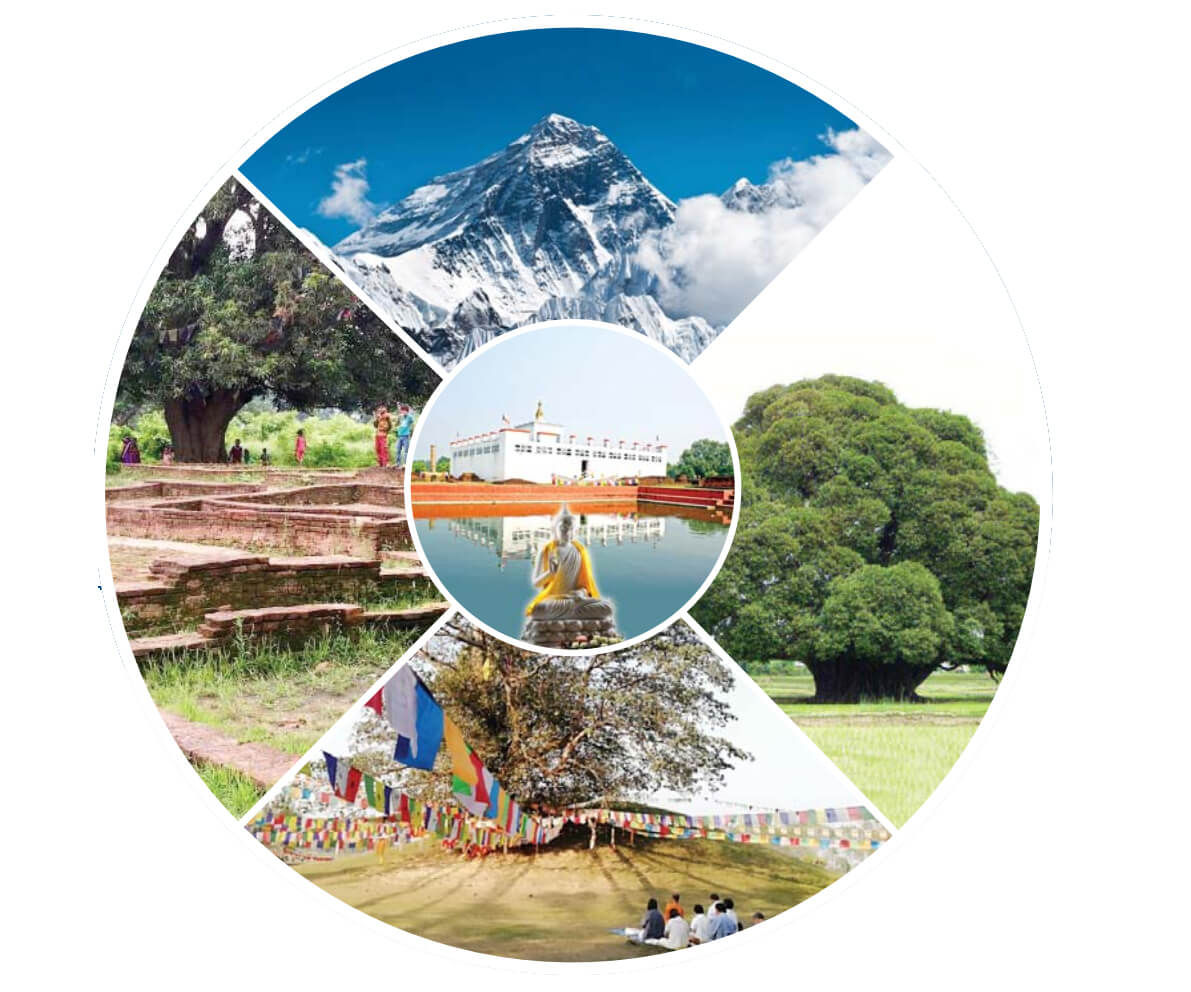
Important Cultural and Natural Attractions in and around Lumbini
Lumbini, beyond its contemplative value and spiritual significance, offers a wealth of cultural and natural attractions that draw visitors eager to explore its rich heritage and stunning landscapes. The area is dotted with cultural villages, each offering a unique glimpse into the local traditions and way of life. In the eastern part of the Lumbini Master Plan Area, visitors can explore villages such as Madhubani, Mahilawari, Mahialwar, and Laximpur. The southern part of the Mayadevi Temple area is home to villages like Lankapur, Punnihawa, Majahana, Kewataliya, Bhagawanpur, Khungai, Padaria, Khambe, Amari, and Shivalaya, all of which are steeped in cultural history. To the west, villages such as Manauri, Sujandih, Jayanagara, Muhasad, Tenuhawa, Lokhadiya, Muglaha, and Mahadeva offer their own unique cultural experiences. The northern part of Lumbini is also rich with cultural villages worth visiting, including Shivagadiya, Harnampur, Tarkullaha, Mashina, Bhaisaiya, Ekla, Bharwaliya, Chainpurwa, and Khudabagar.
A visit to the weekly Hat Bazaar presents another opportunity for visitors to immerse themselves in the local culture, where they can observe the vibrant trade and lifestyle of rural communities. These markets also offer locally produced organic products, including fruits, providing a taste of the region's agricultural bounty.
Lumbini is also home to the Lumbini Crane Sanctuary (LCS), a site of significant ecological importance. Designated as an International Bird Area (IBA), the sanctuary and its associated farmlands boast a rich biodiversity and unique ecosystems. The area is inhabited by hundreds of cranes, 27 species of mammals, 44 types of fish, and herds of blue bulls. Notably, more than 250 bird species can be found in the area, including the Sarus Crane, the world's tallest flying bird. Additionally, Lumbini is home to several threatened animal species, such as the blue bull (Boselaphus tragocamelus), pythons, Bengal foxes, wild cats, and wild boars. The Telar and Dano floodplains within this region are also recognized as important habitats, further highlighting Lumbini's role as a critical area for both cultural and natural conservation.
Overall, Lumbini Sanskritik Municipality is a culturally significant area with a strong potential for development, rich in heritage and diversity, yet facing challenges that require strategic planning and sustainable growth efforts.


